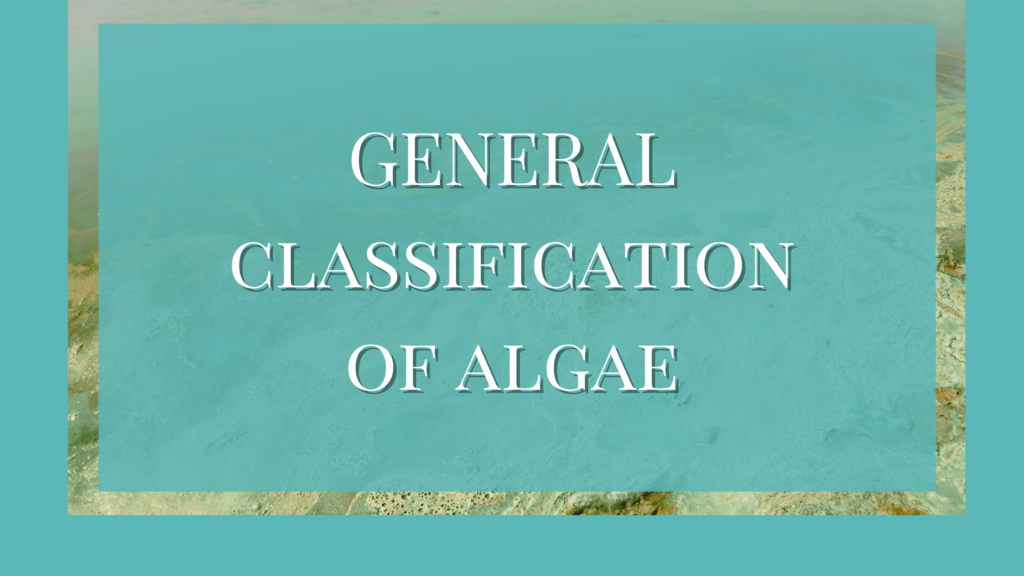General characteristics of Charophyta
- This division is best known for characean algae.
- They are commonly called stoneworts.
- They have a worldwide distribution.
- Members of Charophyta occur in clean, fresh, and brackish water. However, some species are common in both habitats.
- Some are found in sub-aquatic meadows in shallow waters growing in soft mud.
- August to March is a suitable time for the growth of stoneworts and disappears in hot summer months.
- They are abundant during the cold season
- Some fossil forms are also found in Charophyta.
- There are 294 species in 7 genera. Among these 60 species of 5 genera are seen in India.
- Chara– 27 species, Nitella– 37 species, Tolypella– 3 species, Nitellopsis– 1 species, and Lychmothamrus– 1 species.
- The other two genera are Lamprothaminum and Protochara.
Occurrence and Habitat in Charophyta
- The common habitat of members of Charophyta is submerged aquatic. Here, they grow attached to the soft mud at the bottom along the margins of freshwater pools, lakes, and slow-flowing streams.
- It prefers fresh, hard, and still shallow water.
- Chara baltica grows in saltwater and contains a very small percentage of salt (less than 1%).
- The species growing here become encrusted with calcium carbonate because they are charged with calcareous materials
- Chara has 27 species in India. The common species are C.wallichii, C.zeylanica, and C.corallina.
Plant Body of Algae in Charophyta
- Algae in Charophyta have a great elaborated vegetative structure.
- They have an erect body with a long, slender, jointed, green or grey main axis with a regular succession of nodes and internodes.
- The central axis is branched.
- They grow whorls of lateral branches in each node of the stem.
Thallus Organization in Charophyta
- The thallus show a cluster of rhizoids
- They grow up to 20-30 cm in height.
- Their length is approximately 90 cm
- They are erect and flexible
The vegetative structures are ontogenetically distinctive. They have protonema and adult shoots.
- The main axis has unlimited growth.
- The nodal region of the main axis has a whorled pattern of laterals with limited growth.
- Internodes are single and multinucleated cells. They are several centimeters in length.
- In some species of Chara, the internodal cells are covered with a row of peripheral cortical cells. They may be produced by adjacent nodal cells.
- Branching rhizoids anchor the thallus with the substratum.
- The rhizoids are developed from protonema. But the adventitious rhizoids are also developing from any node of the adult shoot.
- The rhizoids undergo apical growth and may proliferate giving rise to additional adult shoots.
- Growth of the main axis of the adult shoot is apical and unlimited.
- This mode of division results in regular geometric construction of the adult shoot.
- After division, the internodal initial cell elongates gradually and develops a very large vacuole. The original nucleus undergoes repeated division amitotically. The 12th internodal cell from the apex contains nearly 1370 nuclei.
- The cell division in nodal cells is mitotic.
- During cytokinesis phragmoplast and plates are present.
- The apical cell undergoes a few divisions and then ceases the division. The limited number of divisions led to the formation of laterals with limited growth. Laterals or branchlets arise from the basal nodes. Internodal cells are with streaming movement of cytoplasm. Cyclosin is seen around the vacuole. Peripheral cytoplasm and its inclusions are stationary.
Reproduction in Charophyta
- Oogamous type of sexual reproduction.
- Large naked, distinctive antheridia and oogonia are seen
- No asexual reproduction
- Zygote developed into protonema.
Vegetative reproduction
- By bulbils from rhizoids
- From bulbils from stem nodes
- Amylum starts in the stellate, aggregate, filled with starch grains, produced from lower nodes.
References
M. Sc. I Semester ALGAE AND BRYOPHYTES




